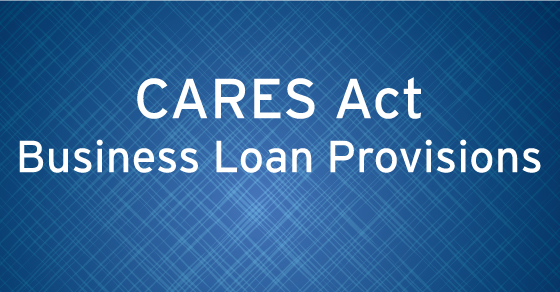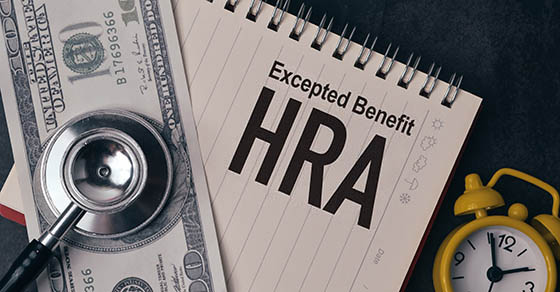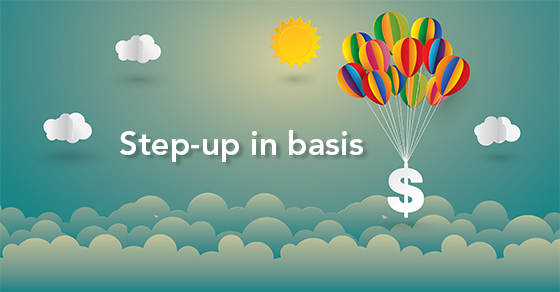We have outlined details of two loan programs provided for the CARES Act below. Note that this program was just instituted with the signing of the CARES Act on March 27, 2020. There are many unknowns and regulations that need to be issued before banks will start to deliver on these loan programs.
PAYCHECK PROTECTION PROGRAM (PPP)
Provides for government loans through banks to small and midsize businesses to prevent layoffs and to continue to pay employees. The loans are intended to cover rent, utility, certain debt service and payroll (limited to $100,000 of annual compensation per employee). As it is intended for small to midsize businesses, it is only available to businesses with 500 or fewer employees to continue to pay their employees through the COVID-19 emergency.
– Not available if a business is also taking an SBA loan under that section of the CARES Act.
– These loans will be offered through banks. Almost all FDIC banks will be authorized to make loans under this program. As of now underwriting guidance and regulations still need to be provided. Application for such loans must be made by June 30, 2020.
– Loans made under this program are eligible for forgiveness of such loan that is used for qualified costs within the 8-week period beginning on the date of the origination of the loan. Such qualified costs include—
- Payroll, interest on any covered mortgage obligation, rent or utilities as defined in the Act
- Payroll costs include salaries, hourly wages, tips, paid sick or medical leave, and group health insurance premiums.
- Loan amounts can be used for other business purposes, but those amounts will not be eligible for loan forgiveness.
- Borrowers will work with lenders to verify covered expenses and the proper amount of loan forgiveness after the eight-week period.
- If the entire loan is forgiven at the end of the eight-week period, the borrower is not responsible for the accrued interest.
- Amount of the loan not forgiven will operate according to the terms of the loan agreed to by the borrower and lender.
– The amount eligible for forgiveness is subject to a reduction based on the borrower’s reduction in the number of employees or reduction in salary in excess of 25%. However, to the extent that the borrower rehires employees that were terminated between February 25, 2020 and the date of the enactment of the CARES Act (March 27, 2020) those employees will not be factored in the calculation to reduce the forgiven loan amount. In addition, loans forgiven under this program will not be considered taxable income.
– Maximum loan available under this program is the lesser of 10 million or 2.5 times the borrower’s average monthly payroll. It appears to be limited to employees making less than $100k annually. SBA is expected to issue regulations whether any other costs might be applicable in determining the maximum amount that could be borrowed. Payroll in excess of the $100,000 threshold per would reduce the maximum borrowing amount.
– Terms- Interest rate is capped at 4% and the maximum terms of the loan feature a 10-year term.
– Standard SBA fees are waived but there would be loan processing fees. The SBA will cover any processing fees charged directly to the bank.
– There are no collateral or personal guarantees required under this program. The loans are guaranteed by the SBA 100%.
– The program requires lenders to provide deferred payment relief in connection with loans made under this program, such that payments on the loan are deferred for a period of not less than six months but no more than one year. Borrowers don’t have to start paying back the loan until six months after the loan is made. This might even be past the point that the loan forgiveness provision could apply.
Eligibility for Paycheck Protection Program
– The business must have been in operation as of 2/15/20 and had employees or independent contractors and was substantially impacted by COVID-19. The application process would include a good-faith explanation of how the Company’s business was impacted by COVID-19. Under the current conditions, this shouldn’t be an issue.
– Only businesses with less than 500 employees are eligible. This includes private or public non-profit organizations.
– For businesses in NAICS codes beginning with “72” related to hotels, restaurants, casinos and other travel related businesses are somewhat exempt from the 500-employee limitation, if they have fewer than 500 employees per location.
– Franchise operations approved by SBA are eligible under the Act
– Eligible for loans under this program even if the business has access to capital from other sources.
– Under the Act, the Small Business Administration has 30 days from the Enactment Date to issue regulations that are necessary to clarify many issues unaddressed by the Act itself.
SBA DISASTER LOANS
The Small Business Administration (SBA) is offering low-interest federal disaster loans to provide working capital to small businesses affected by COVID-19. These loans are not as attractive as those under the Small Business Interruption Loan detail but could provide access to credit in certain situations.
– Low interest loans of up to 2 million are available for small businesses and private nonprofits
– Loans under this program are subject to collateral and personal guarantees of 20% or more owners of the business.
– Term is generally for five years but could be extended to 30 years in some situations.
– Rate is fixed at 3.75% for small businesses and 2.75% for non-profits.
– No loan forgiveness available with this loan
– Eligible for 12 month deferred repayments
– This application requires updated financial statements and a six-month cash flow projection.
These are two of the loan programs provided for in the CARES Act. If you have any questions concerning the details of either of the loan programs, please contact your Maillie LLP representative via phone or Email.





